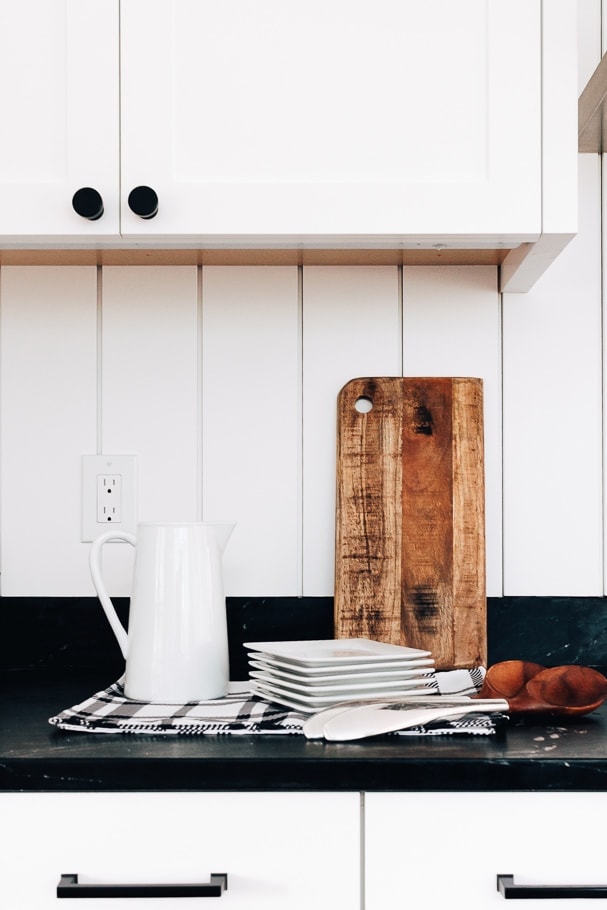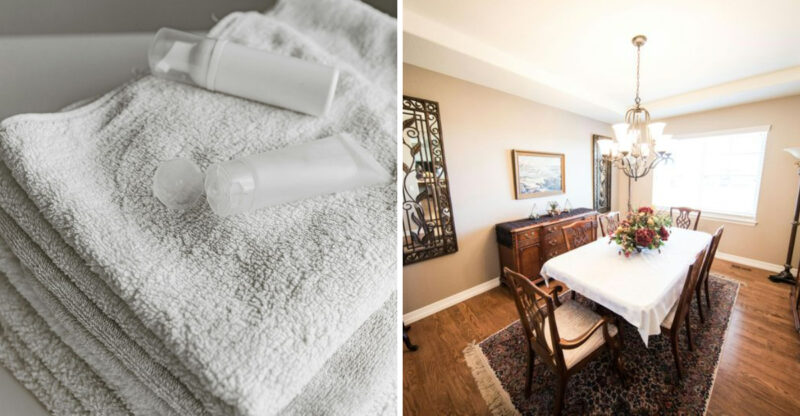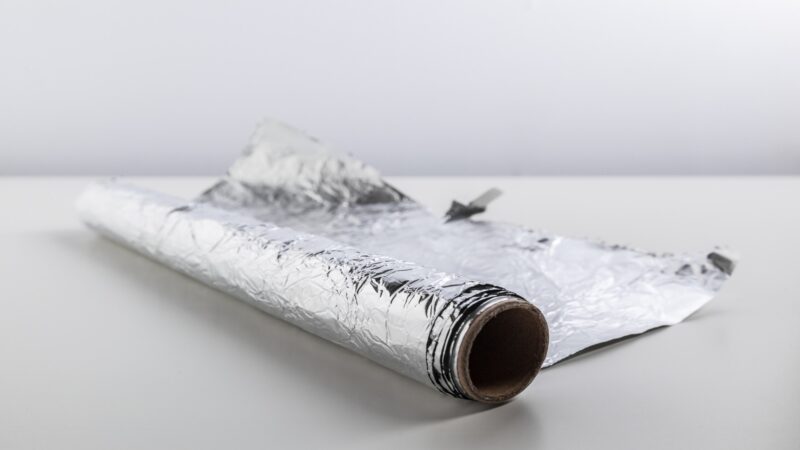8 Setup Mistakes That Can Lead To Mobile Home Problems
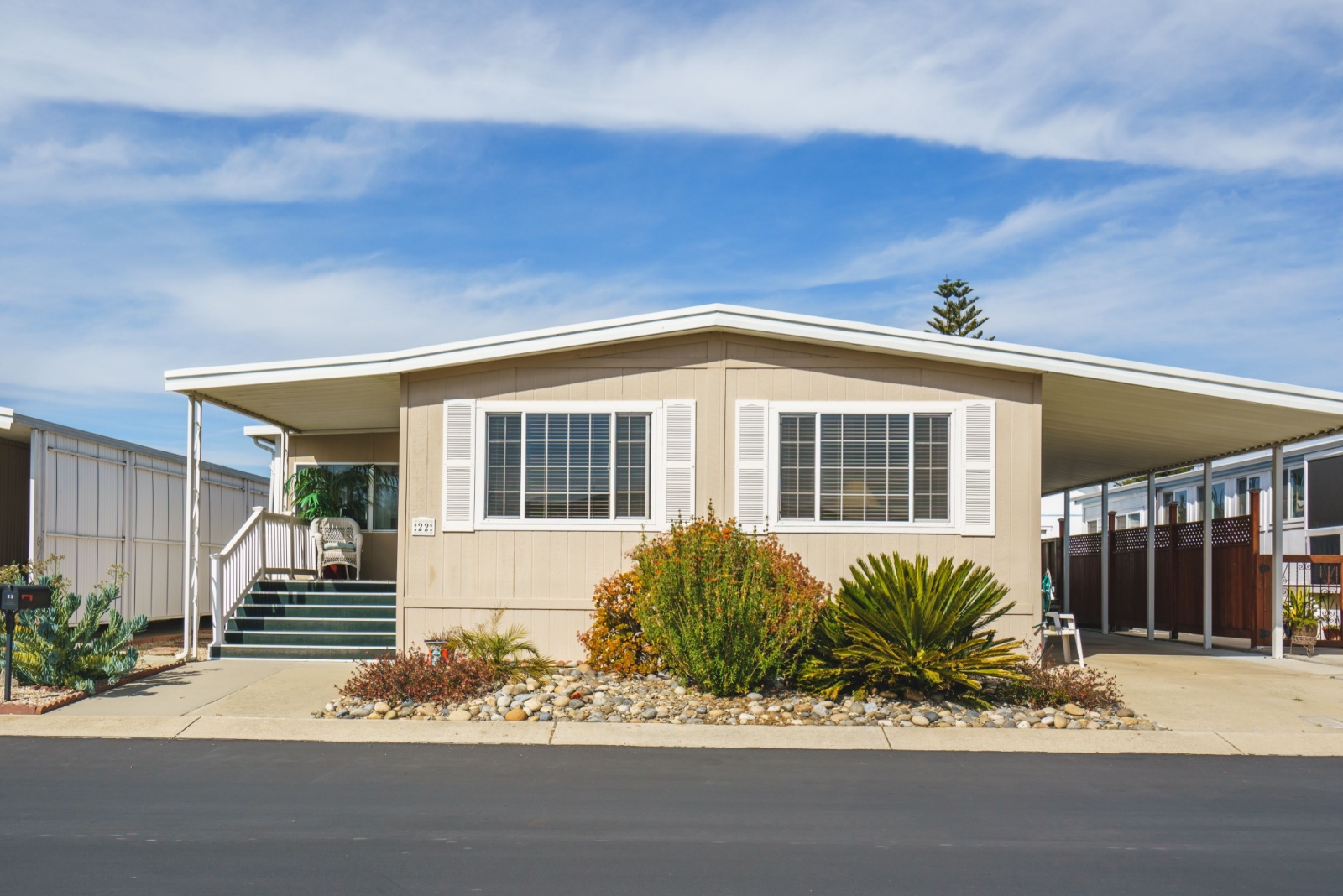
Setting up a mobile home isn’t as simple as parking it and moving in. Many homeowners face costly repairs and safety hazards because of mistakes made during the initial setup process.
Whether you’re installing a new manufactured home or relocating an existing one, proper setup is critical for its durability, safety, and comfort.
The details provided here are for general informational purposes and reflect commonly shared industry practices and observations.
1. Improper Foundation Preparation
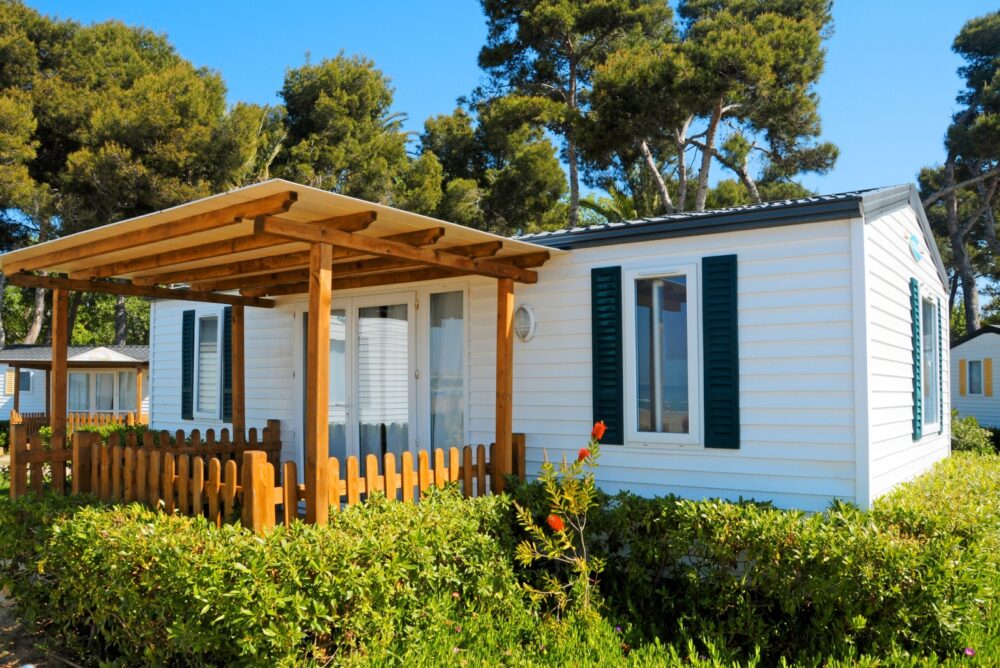
The ground beneath your mobile home needs proper preparation before installation. Skipping this crucial step leads to shifting, sinking, and structural damage over time.
Many homeowners rush through site preparation, failing to remove vegetation, level the ground, or compact the soil adequately. This oversight causes uneven settling that cracks walls, jams doors, and creates floor slopes.
A properly prepared foundation includes removing topsoil, installing a moisture barrier, and creating a level base with the right materials. Investing time in foundation work prevents thousands in future repairs.
2. Inadequate Blocking And Support
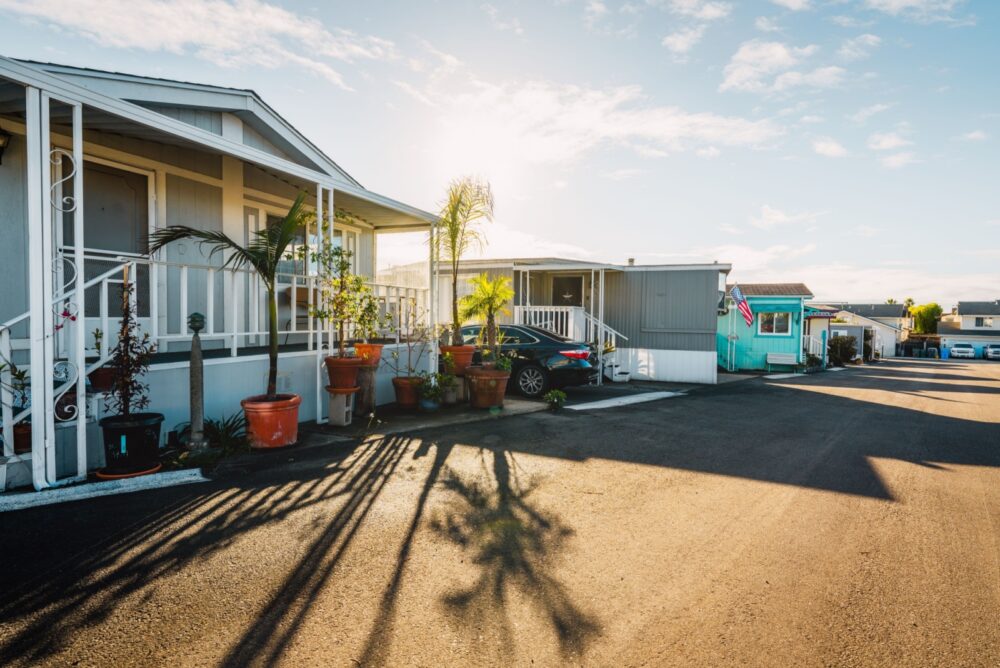
Your mobile home’s weight needs proper distribution through blocks and piers. When supports are placed too far apart or made from substandard materials, floors sag and walls crack.
Marriage lines in double-wide homes require special attention – these central seams need extra support to prevent separation over time. Many installers cut corners by using fewer piers than recommended by manufacturers.
Proper blocking includes using the correct materials (concrete blocks, not wood), following spacing guidelines, and ensuring each pier sits on a solid footer. This prevents the bouncy floors and structural damage that plague poorly supported homes.
3. Sloppy Leveling Techniques

A level mobile home isn’t just about comfort – it affects everything from plumbing drainage to structural integrity. Many installers check only the corners rather than multiple points throughout the home.
Water should flow properly through your drains and pipes, but in an unlevel home, it pools and causes damage. Doors and windows stick, floors creak, and appliances may even malfunction when a home isn’t properly leveled.
Professional leveling includes checking multiple points with laser levels, making adjustments at each pier, and rechecking after the home has settled. This process should be repeated periodically as part of regular maintenance.
4. Faulty Roof And Ceiling Connections
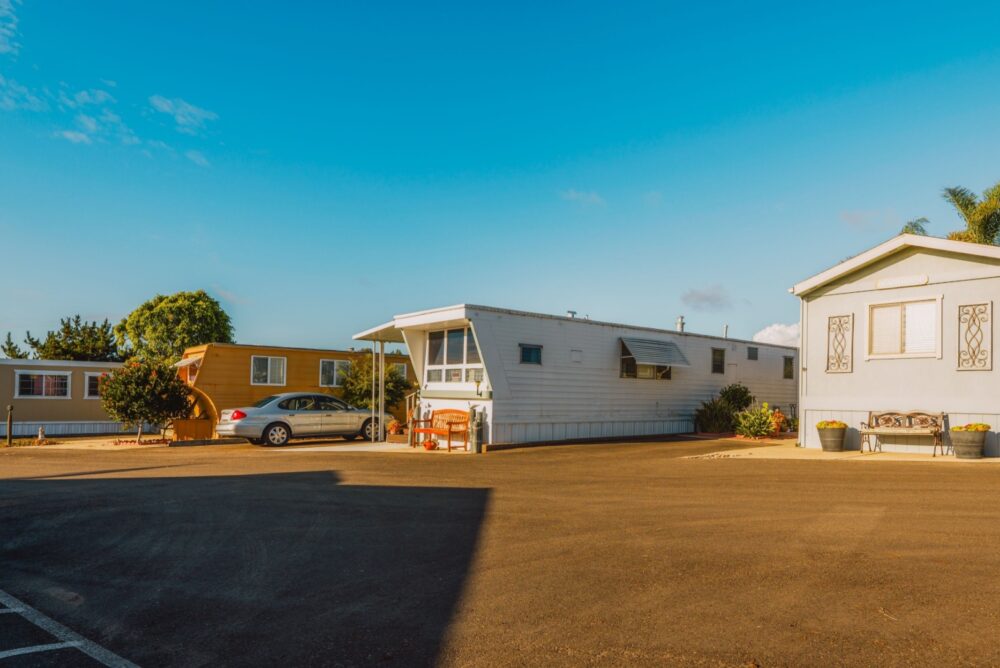
In multi-section homes, the roof connection between sections creates a vulnerable seam. Rain infiltration at this junction leads to ceiling damage, mold, and insulation problems when improperly sealed.
Many installers rush through this critical step, leaving gaps or using insufficient materials. The first heavy rain exposes these shortcuts when water starts dripping through your ceiling.
Proper installation includes aligning roof sections precisely, installing specialized flashing, and applying appropriate sealants. Weather barriers should overlap correctly to channel water away from seams rather than underneath them, preventing those dreaded indoor rainstorms.
5. Incorrect Skirting Installation

Skirting isn’t just for looks – it protects your home’s underside from pests, weather, and helps maintain temperature. Improper installation creates humidity problems that rot floors and invite unwelcome critters.
Common mistakes include installing skirting too tightly (preventing airflow) or too loosely (allowing pests entry). Many homeowners also forget to include proper venting, causing moisture buildup underneath the home.
Correct skirting installation requires ventilation (1 square foot per 150 square feet of floor space), ground clearance, and proper attachment methods. This balance protects your home while allowing necessary airflow to prevent moisture damage.
6. Botched Utility Connections
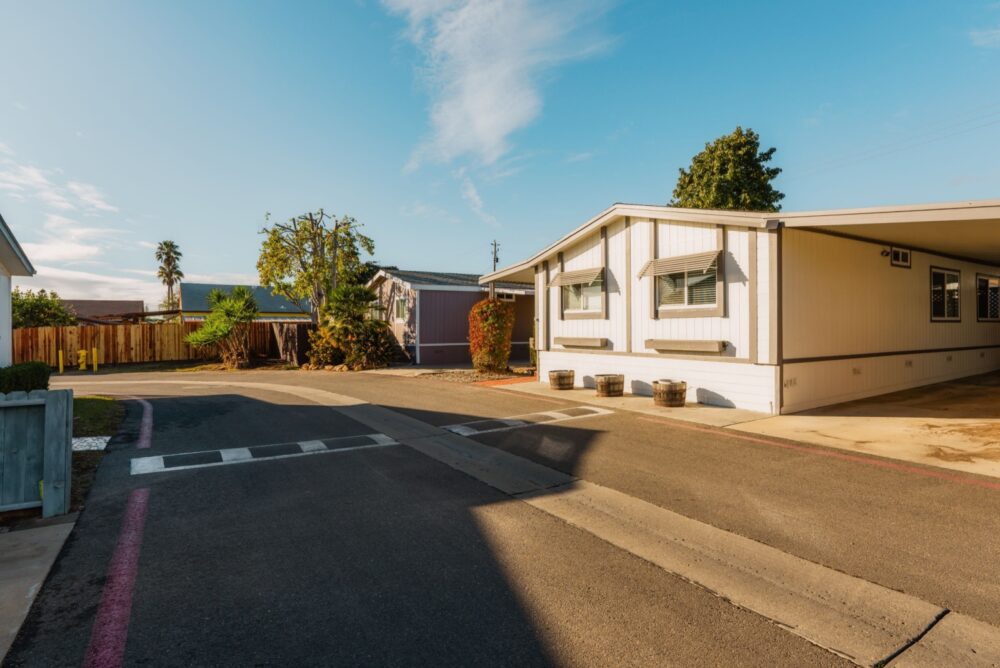
Water, sewer, electricity, and gas connections require precision and knowledge of codes. Rushed or amateur utility hookups lead to leaks, electrical hazards, and expensive emergency repairs.
Plumbing connections under mobile homes often suffer from improper sloping, causing slow drains and backups. Electrical mistakes like insufficient grounding or improper wire sizing create fire risks that threaten your family’s safety.
Professional utility connections include proper materials, correct slope for drainage pipes, flexible connectors for gas lines, and electrical work that meets local codes. These details prevent the middle-of-the-night emergencies that come from cutting corners.
7. Ignored Anchoring Requirements

Mobile homes without proper anchoring can shift or tip during high winds or earthquakes. This critical safety system keeps your home firmly attached to the ground when mother nature tests its limits.
Many regions have specific anchoring requirements based on local wind zones, yet installers sometimes use too few anchors or improper techniques. The consequences can be catastrophic during severe weather events.
Proper anchoring includes the correct number and type of anchors for your wind zone, installed at the right depth and angle. These steel components, when properly installed, create an invisible safety net that could save your home – and possibly your life.
8. Poor Drainage Planning
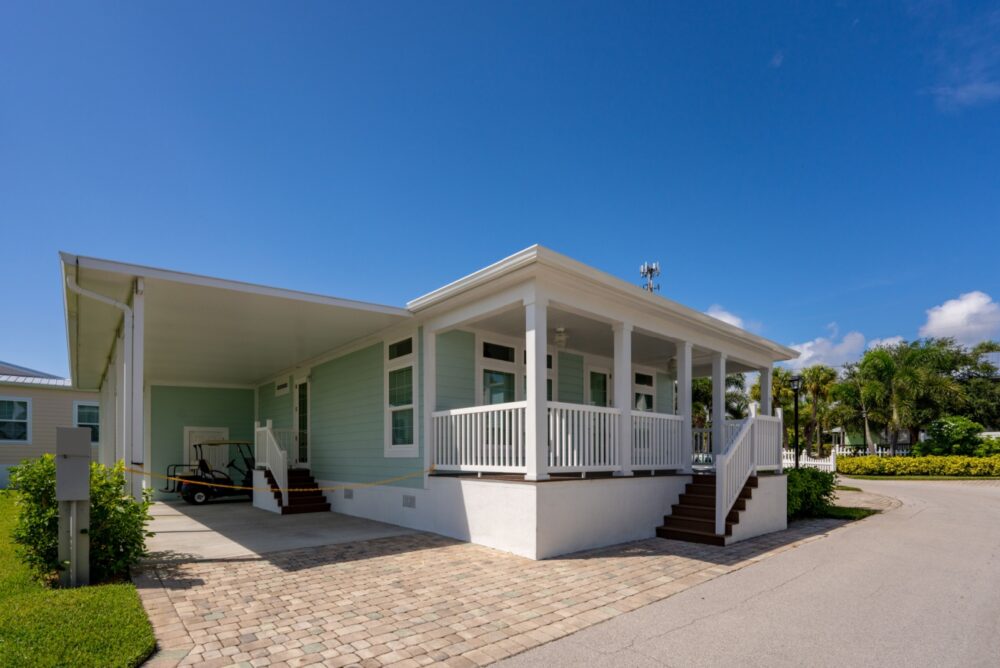
Water is your mobile home’s silent enemy. Without proper drainage planning, rainwater pools around and under your home, causing foundation erosion, floor damage, and mold problems.
Many installers neglect to create adequate slope away from the home or install proper gutters and downspouts. The resulting water accumulation slowly destroys your investment from below.
Effective drainage includes grading the site to direct water away, installing gutters with extended downspouts, and creating drainage channels where needed. Water management strategies prevent the moisture problems that plague many mobile homes and extend the life of your floors and structure.
9. Overlooked Vapor Barrier Installation
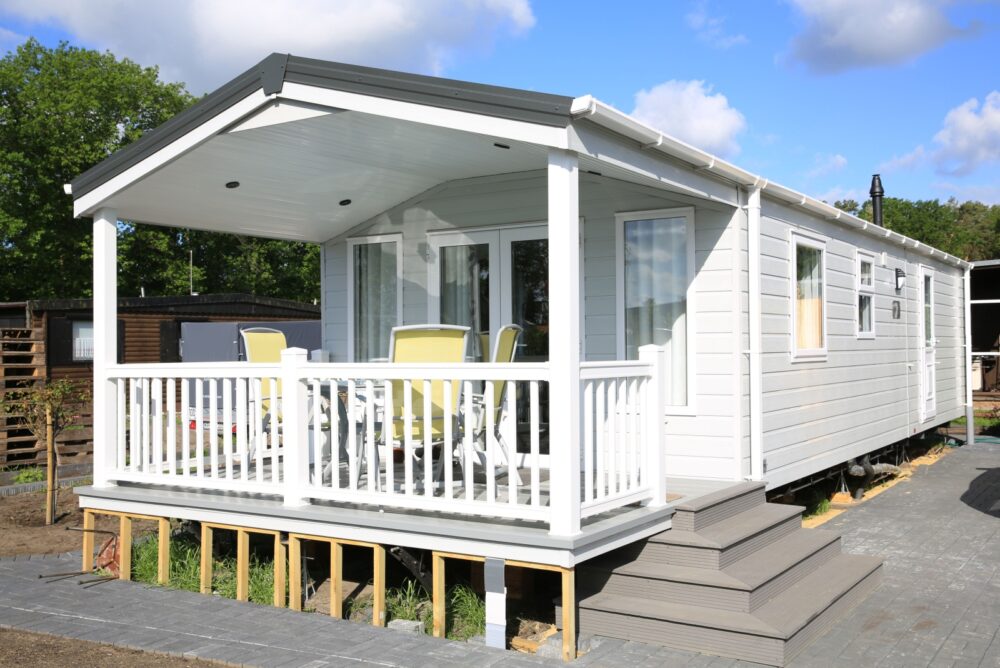
A quality vapor barrier under your mobile home prevents ground moisture from rising into the structure. Skipping this step or using flimsy materials leads to floor rot, mold growth, and poor indoor air quality.
Many installers use thin plastic that tears easily or fail to properly overlap and seal the edges. Ground moisture then evaporates directly into your home’s underside, creating a perfect environment for mold and wood decay.
Correct vapor barrier installation uses heavy-duty polyethylene (at least 6 mil thickness), extends beyond the home’s perimeter, and includes properly sealed seams. This invisible shield provides lasting protection against the silent damage that moisture inflicts on mobile homes.

